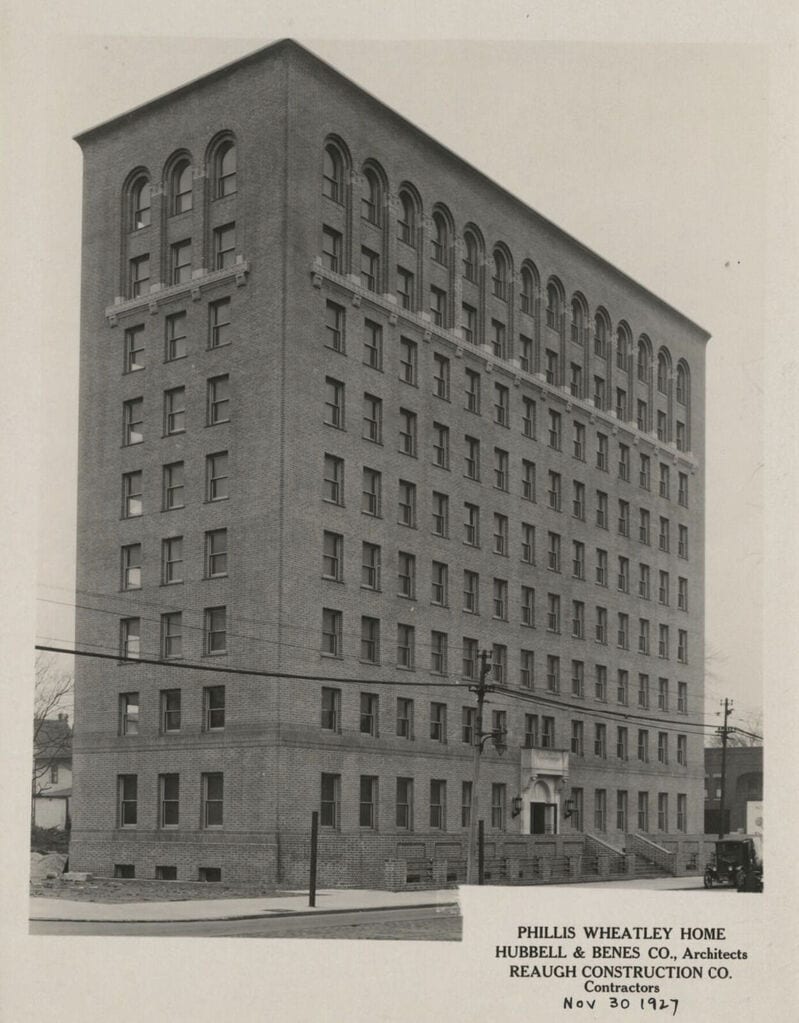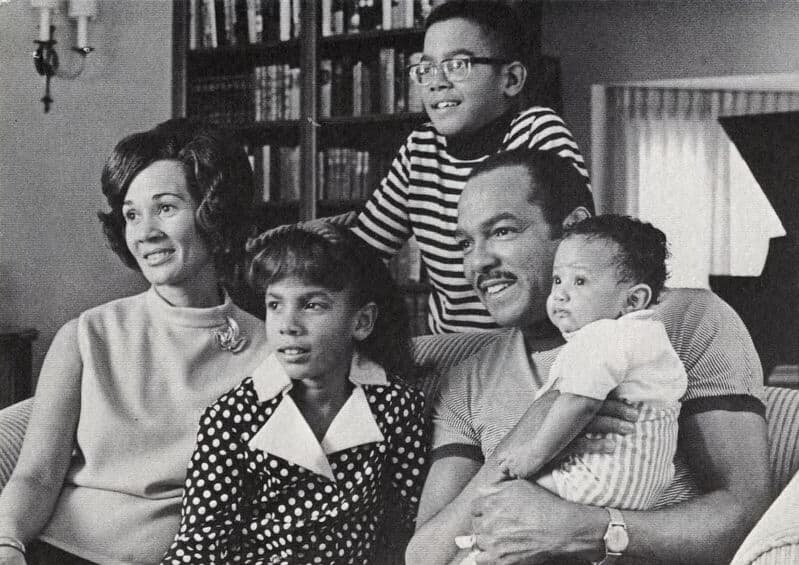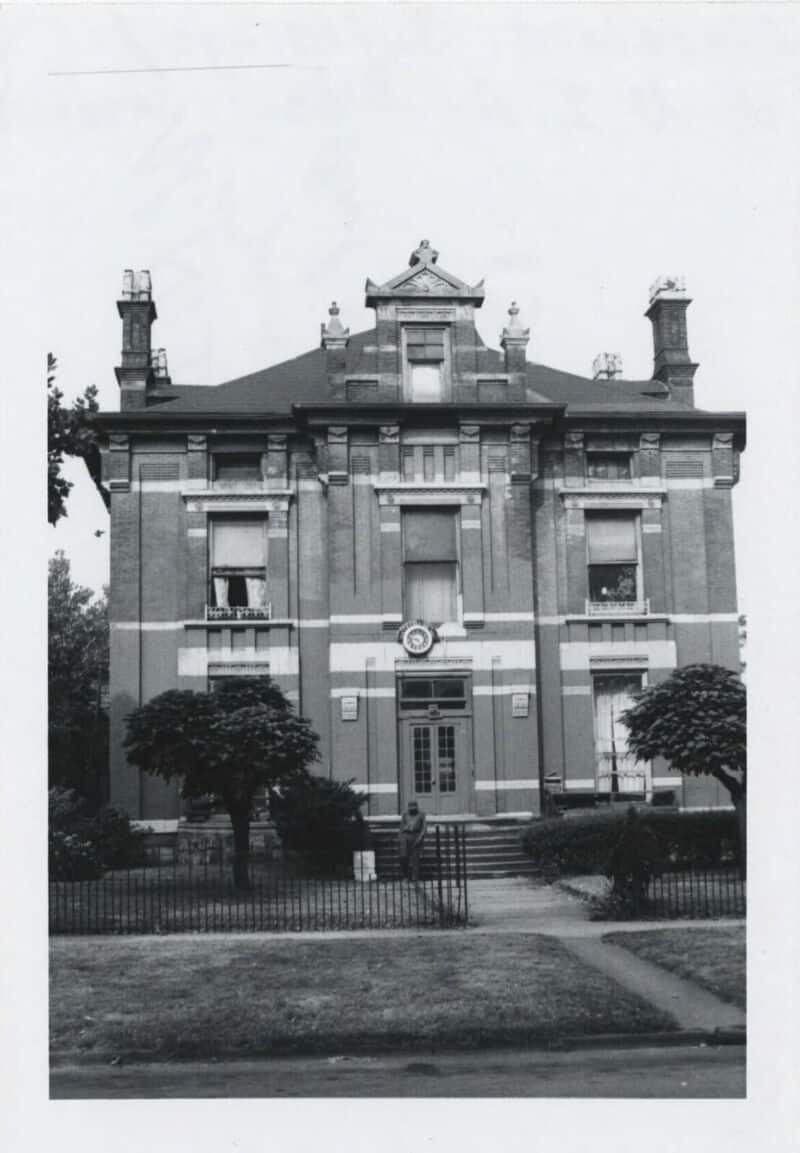The African American Archives houses the papers of many of the area’s most accomplished and historically significant African Americans and the collection has strengths in the areas of community and social organizations and institutions, business and entrepreneurship, the Civil Rights Era, social services, education, and genealogy.
Details
The African American Archives of the Western Reserve Historical Society was established in 1970, making it the oldest archive in the country dedicated to the African American experience launched by a regional historical society. Its purpose is to collect, preserve and make accessible manuscripts, photographs, ephemera, and artifacts of primary importance to understanding the life and experiences of African Americans in Northeast Ohio.
In addition to housing the papers of many of the area’s most accomplished and historically significant African Americans, the collection’s strengths lie in the areas of community and social organizations and institutions, business and entrepreneurship, the Civil Rights Era, social services, education, and genealogy. Whereas the archives largely feature twentieth-century material, they are complemented by the Library collection’s strengths in the Civil War Era and the early nineteenth century history of the Western Reserve, enabling researchers to study the full length of the African American experience within the context of the area’s overall growth and development.
From its inception, the African American Archives has been inextricably linked with a group of local leaders and activists invested in preserving the community’s history, now known as the African American Archives Auxiliary to the Historical Society’s Board of Trustees. Throughout the more than fifty years of the archives’ existence, the auxiliary has played a critical role in collection development.
The First Century of African Americans in the Western Reserve
Ina Cox, Archivist, African American History, Cleveland History Center, Western Reserve Historical Society
The following summary of the early history of African Americans in the Western Reserve is derived primarily from Russell Davis’ 1969 Memorable Negroes in Cleveland’s Past, a series of biographies sourced from materials held at the Western Reserve Historical Society.
In 1787, the Northwest Ordinance passed by the Congressional Congress prohibited slavery in the area between the Ohio River, Mississippi River, and the Great Lakes, with the exception of the Western Reserve of Connecticut, a strip of land along Lake Erie African American history in the Western Reserve dates to 1796, according to surviving documents. Joseph “Black Joe” Hodge, a free man and a trapper, was hired by the Connecticut Western Reserve Surveying Party in 1796 to act as a guide and Native American language interpreter for the survey expedition to the Reserve, headed by Moses Cleaveland, an American Revolutionary War veteran. Hodge led the expedition that resulted in the founding of the City of Cleaveland from his home in Buffalo Creek, New York to the Conneaut Creek area of the Reserve, just east of modern-day Cleveland.
From that time on, a small trickle of people of African descent moved through or settled in the area. The first permanent African descendant settlers were George Peake and his family who migrated from Pennsylvania, to the western shores of the Cuyahoga River, near the Rocky River, in 1809. Peake purchased 101 acres of land in Rockport in 1811 and settled with his family, into a life of farming. George Peake was a veteran of the French and Indian War of 1759, serving under General James Wolfe in the Battle of Abraham Plains at Quebec.
By the mid-nineteenth century, the black population in Cleveland rose to no more than a few hundred. Nevertheless, this community—composed of settlers who arrived as free men and women, newly emancipated, or as fugitives from bondage—quickly gained a reputation as enterprising, politically ambitious, and committed establishing themselves as equal citizens. In 1873, John P. Green—whose papers are held at the Historical Society—became the first African American elected to office in Cleveland as a justice of the peace. He rose through the ranks of the Republican party, serving in the Ohio legislature for fifteen years, actively participating in presidential campaigns, eventually earning an appointment by President William McKinley as an agent for the United States Post Office in Washington, D.C., in 1896.
Eliza Bryant, who arrived in the city in 1858 at the age of 31 from North Carolina after being freed by her slave master-father, focused on helping the needy in the community and orchestrated the creation of its first elder-care facility, The Home for Aged Colored People, in 1896 in the Central neighborhood. The home eventually moved to the Hough neighborhood and in 1960 was renamed the Eliza Bryant Home, the papers of which are also preserved in the African American History Archives of the Historical Society.
Born in Cleveland the same year that Bryant arrived, Charles W. Chesnutt, would become the first widely-regarded fiction writer of African descent in American history. His family left for North Carolina shortly after his birth, but he returned to Cleveland at age 25 and established his own legal stenography firm and eventually became active in the NAACP. In 1887, he became the first African American to publish a short story in Atlantic Monthly magazine, but is most known for his first novel, The House Behind the Cedars (Houghton Milton, 1900). The Charles Waddell Chesnutt Papers held in the African American History Archives include correspondence, writing, and other materials that document his public activities in Cleveland.
By the end of the century, the black population of Cleveland reached approximately 6,000 people. Truly explosive growth would take place during the twentieth century as the city became a major destination for the Great Migrations from the South between 1900 and 1960. Of course, these select biographical sketches can shed light on a small portion of the history of African Americans in the Western Reserve during the nineteenth century, but these influential individuals both made and were made by a fledgling community of African Americans who made a place for themselves along the shores of Lake Erie in Northeast Ohio.



